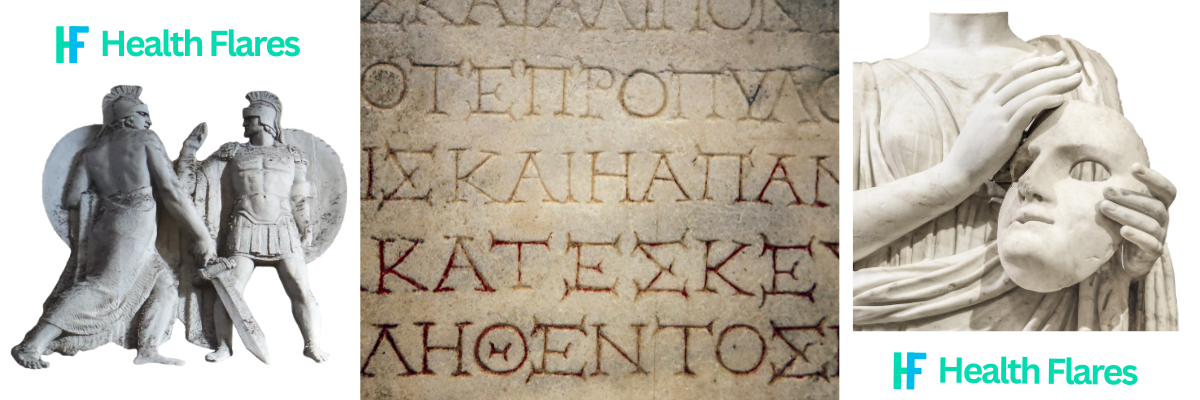Mythology and Religion: Convergence and Divergence
Mythology and Religion Throughout human history, mythology and religion have been two fundamental pillars shaping cultures, beliefs, and worldviews. While they share similarities and often overlap, their purposes, interpretations, and impacts on society diverge in significant ways. This article explores the convergence and divergence of mythology and religion, delving into how they interact, influence, and differentiate from one another across various cultures and eras.
The Common Ground: Convergence.
Mythology and religion often converge in their roles as storytelling mediums that explain the unknown and offer meaning to life’s mysteries. Both are deeply rooted in human experience, providing frameworks through which people understand the world around them.
-
Explaining the Cosmos and Human Existence
- Both mythology and religion offer explanations for the creation of the universe, the origins of life, and the nature of existence. Myths like the Greek tale of Gaia and Uranus, and religious texts like the Bible’s Genesis, serve similar purposes in explaining how the world and humanity came to be. These stories, whether classified as myths or religious narratives, fulfill the human need to comprehend the cosmos.
-
Moral and Ethical Guidance
- Myths and religious teachings often convey moral lessons and ethical guidelines. The story of Icarus in Greek mythology warns against hubris, just as religious commandments guide followers on the path of righteousness. These narratives offer a moral compass, shaping societal norms and individual behavior.

- Myths and religious teachings often convey moral lessons and ethical guidelines. The story of Icarus in Greek mythology warns against hubris, just as religious commandments guide followers on the path of righteousness. These narratives offer a moral compass, shaping societal norms and individual behavior.
-
Rituals and Symbols
- Rituals in both mythology and religion are symbolic acts that connect the mundane with the divine. Whether it’s the mythological rituals performed in honor of ancient gods or religious ceremonies like the Christian Eucharist, these practices serve to bridge the gap between the human and the sacred. Symbols like the cross in Christianity or the thunderbolt in Greek mythology carry profound meaning, representing the power of the divine and the principles of the faith.
-
Personification of Natural Forces
- In many cultures, both myths and religions personify natural forces to explain the world. The Egyptian god Ra represents the sun, while the Hindu god Indra embodies storms and rain. Similarly, religions personify deities to represent abstract concepts like love, war, and wisdom. This convergence allows people to relate to these forces on a personal level, fostering a deeper connection with the divine.
The Divergence: Distinctions Between Mythology and Religion
Despite their commonalities, mythology and religion diverge in several key aspects, particularly in their roles, functions, and the way they are perceived by followers and society.
-
Historical and Cultural Context
- Myths are often seen as ancient stories belonging to a particular culture’s past, while religions are usually considered living traditions that actively guide the lives of their followers. For example, Norse mythology, which includes tales of gods like Odin and Thor, is viewed as a reflection of the beliefs of a long-gone era. In contrast, Christianity, Islam, and Hinduism are religions that continue to influence billions of people today. This distinction highlights how mythology is often perceived as a collection of symbolic tales, while religion is regarded as a living belief system.
-
Sacred Texts vs. Oral Tradition
- Religions typically have sacred texts, such as the Bible, the Quran, or the Bhagavad Gita, which are considered divine revelations and are central to the faith. These texts are revered, studied, and followed as a guide for spiritual and moral conduct. Myths, on the other hand, are often part of an oral tradition, passed down through generations in the form of stories, songs, and poems. While some myths have been written down and preserved, they do not hold the same authoritative status as religious scriptures. This divergence underscores the difference in how myths and religious teachings are disseminated and revered.
-
Belief vs. Allegory
- One of the most significant differences between mythology and religion lies in how their narratives are perceived. Religious narratives are typically regarded as literal truths by their followers. For instance, Christians believe in the resurrection of Jesus as a historical event, while Muslims believe in the prophethood of Muhammad as a divine truth. Myths, however, are often interpreted as allegories or symbolic stories that convey deeper meanings rather than literal truths. The tale of the Greek god Hades and his underworld, for example, may be seen as a symbolic representation of death and the afterlife rather than a literal belief in an underworld.
-
Function in Society
- Religion often serves a community-building function, providing a sense of identity and belonging to its adherents. It involves a structured set of beliefs, practices, and institutions that guide the lives of its followers. In contrast, mythology, while influential, does not typically form the basis of communal worship or structured practice. It serves more as a cultural repository of stories that offer insight into a society’s values, fears, and aspirations, rather than a cohesive system of belief that dictates daily life.
Conclusion: The Interplay of Mythology and Religion
The interplay between mythology and religion is complex and multifaceted. While they share common ground in their roles as carriers of cultural wisdom and moral teachings, they diverge in their functions, perceptions, and societal roles. Mythology provides a rich tapestry of stories that reflect the human experience, often serving as a symbolic exploration of life’s mysteries. Religion, on the other hand, offers a structured belief system that seeks to connect humanity with the divine, providing a moral and spiritual framework for living.
In a world that is increasingly globalized and interconnected, the lines between mythology and religion continue to blur, with modern interpretations and cultural exchanges giving rise to new narratives that draw from both traditions. Understanding the convergence and divergence of these two elements not only enriches our knowledge of the past but also enhances our appreciation of the diverse ways in which humanity seeks to understand the world and our place within it.


